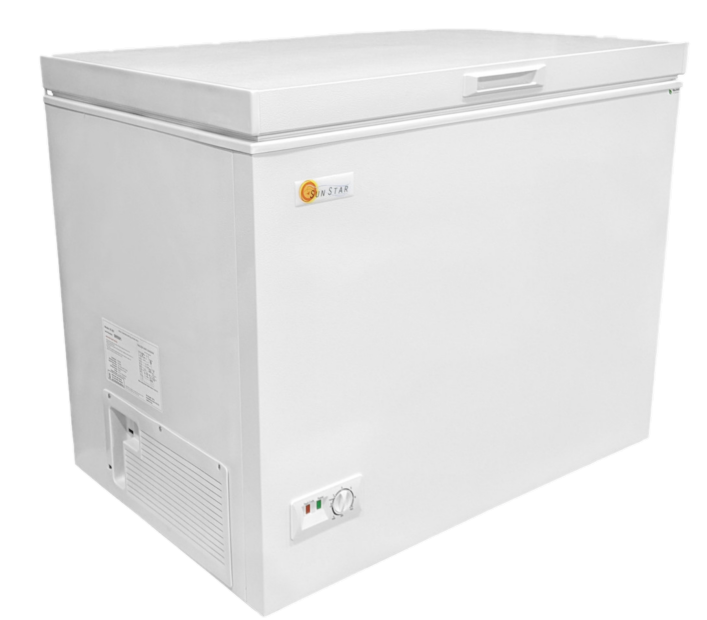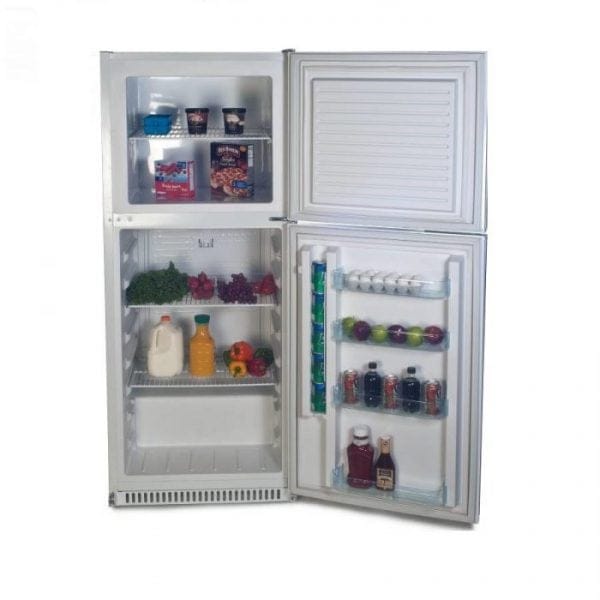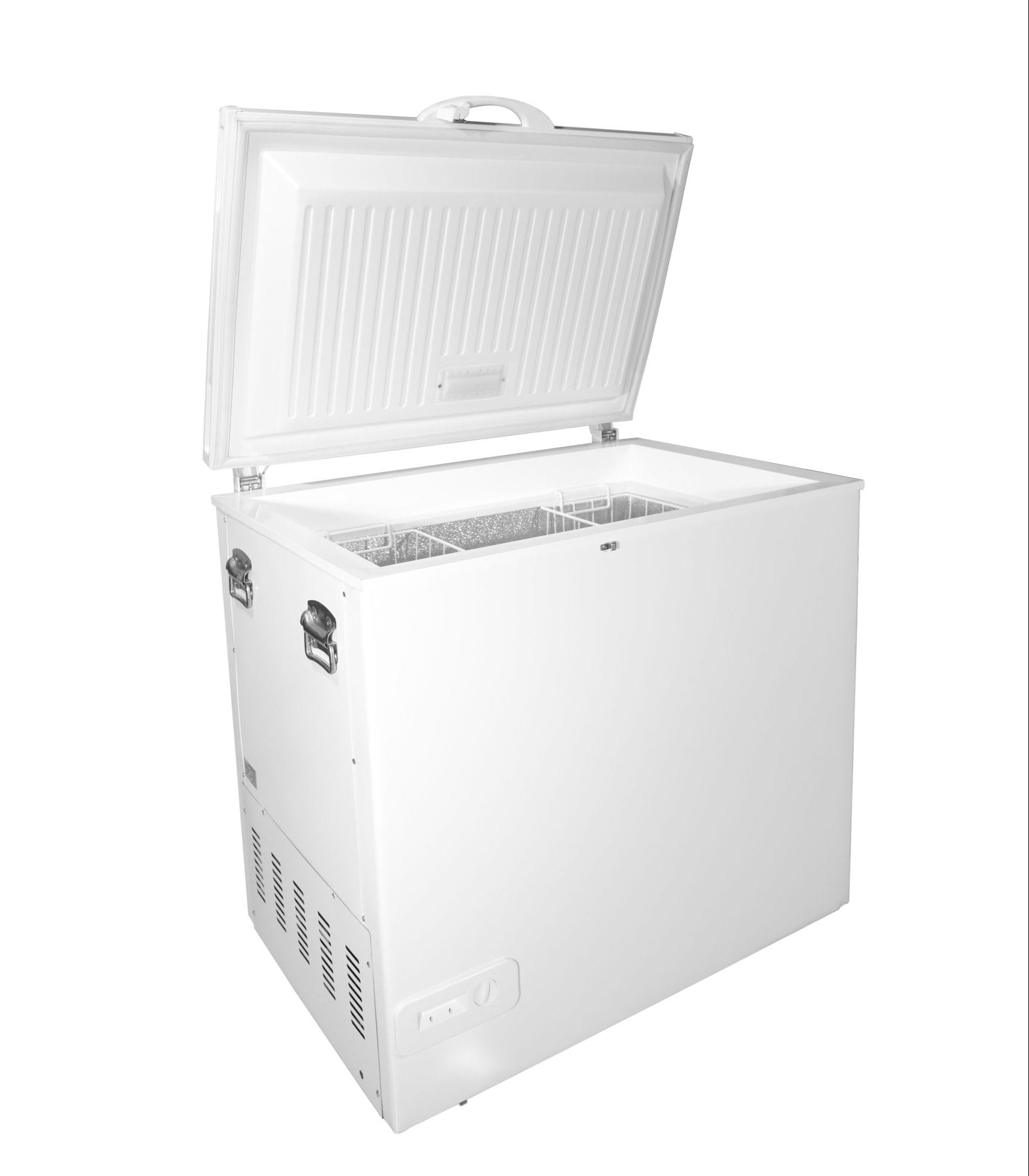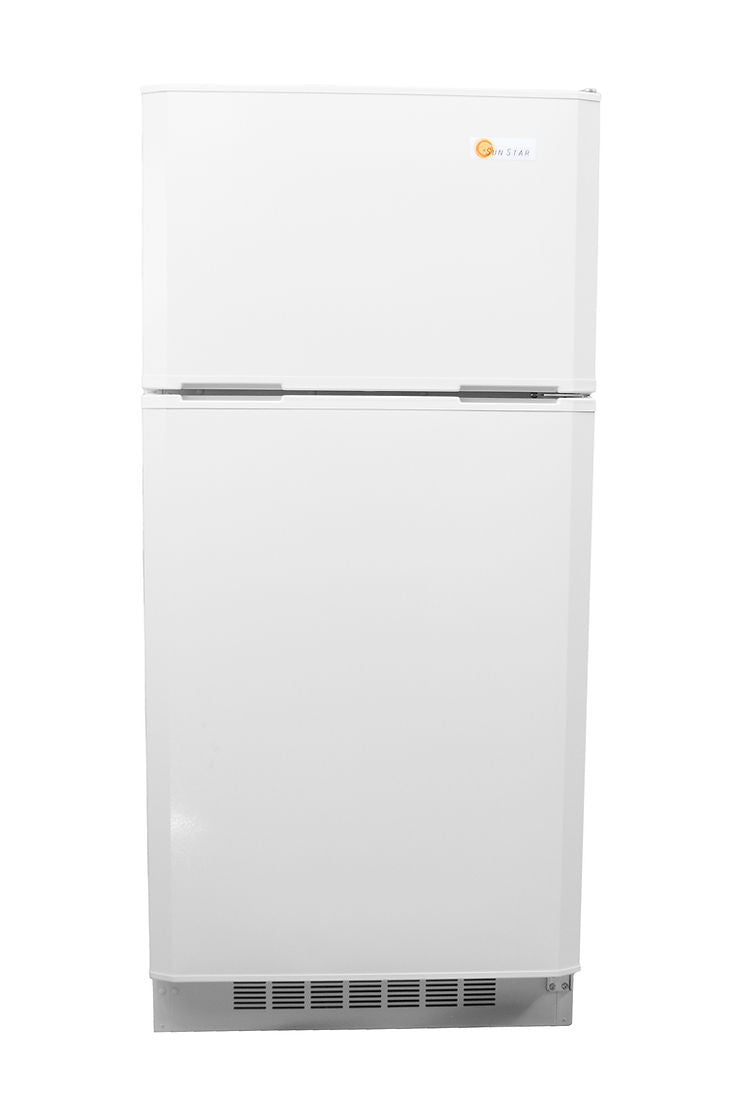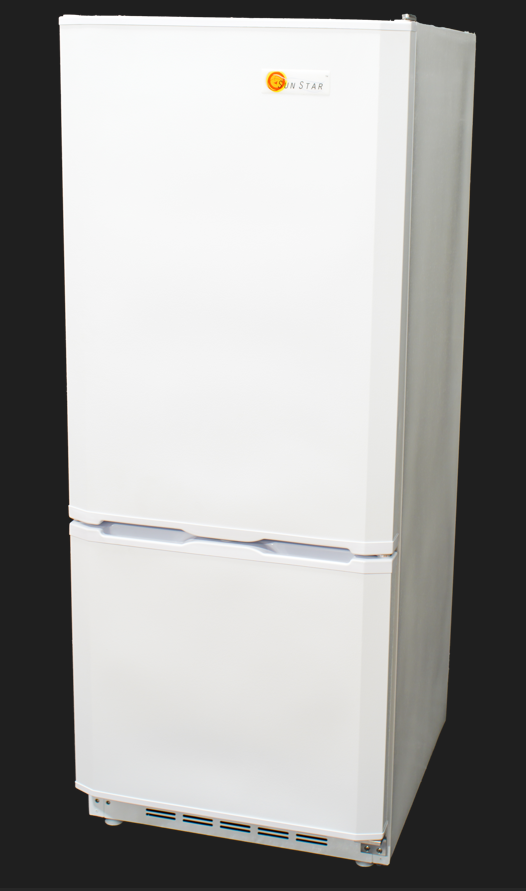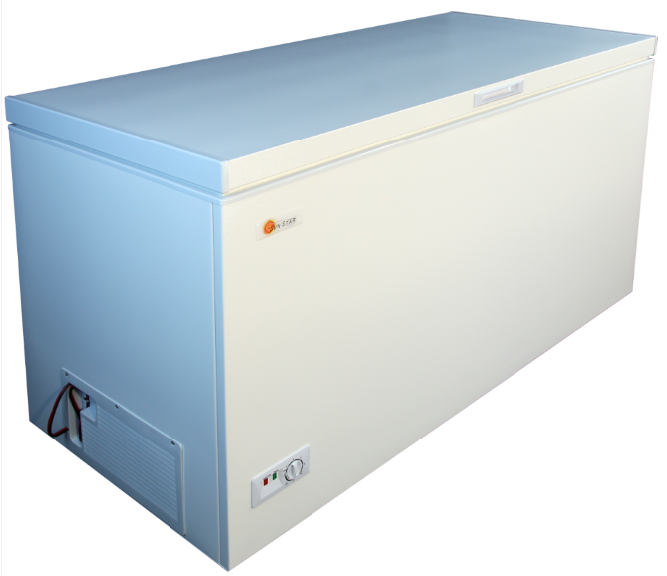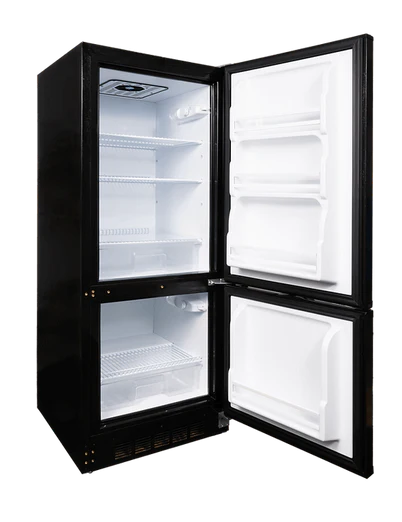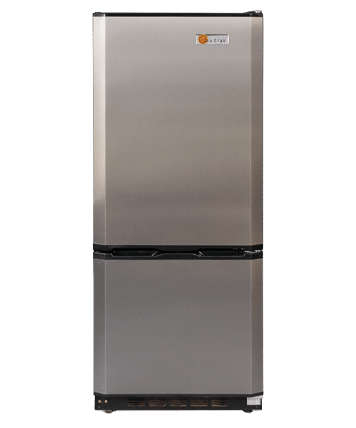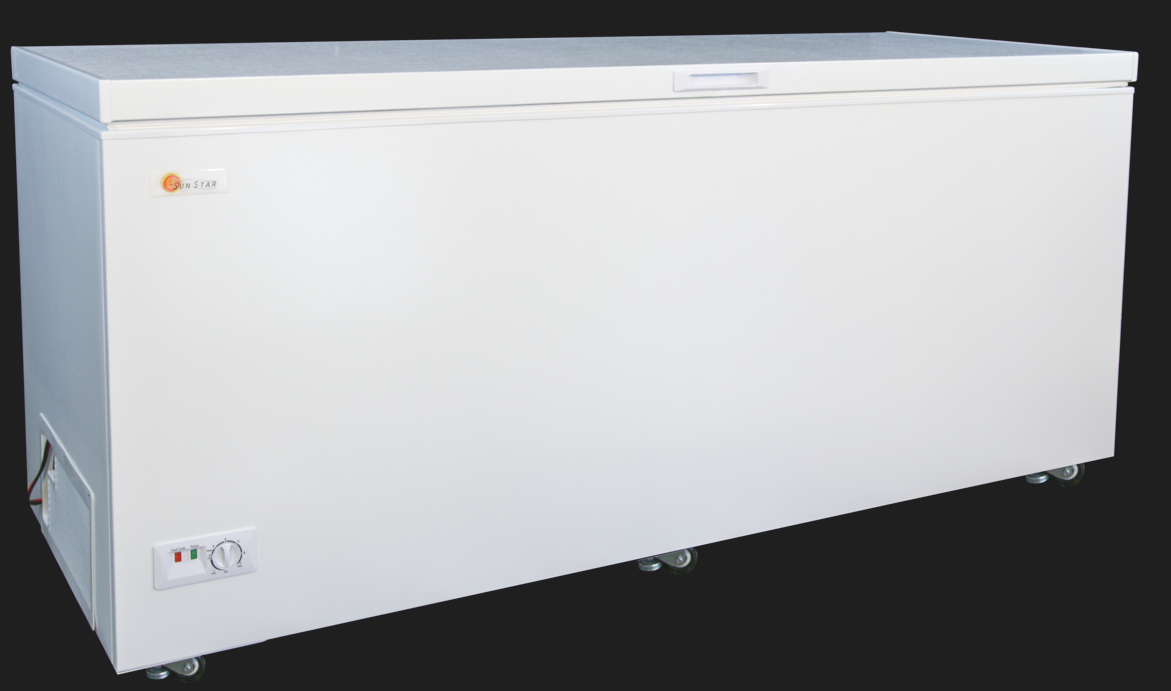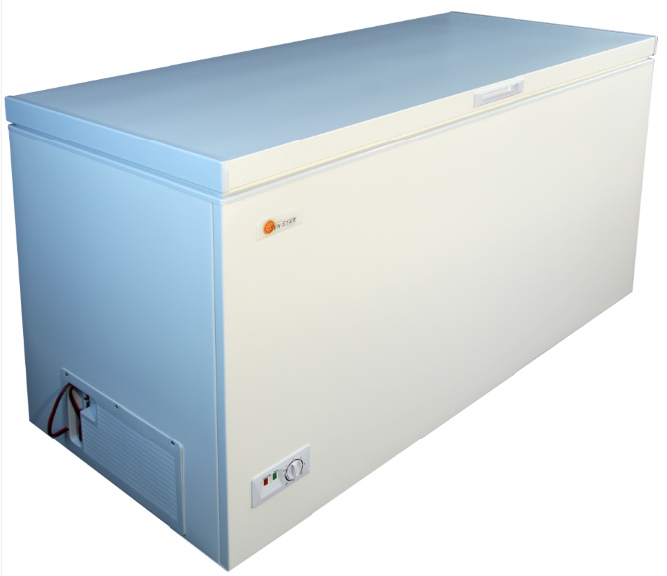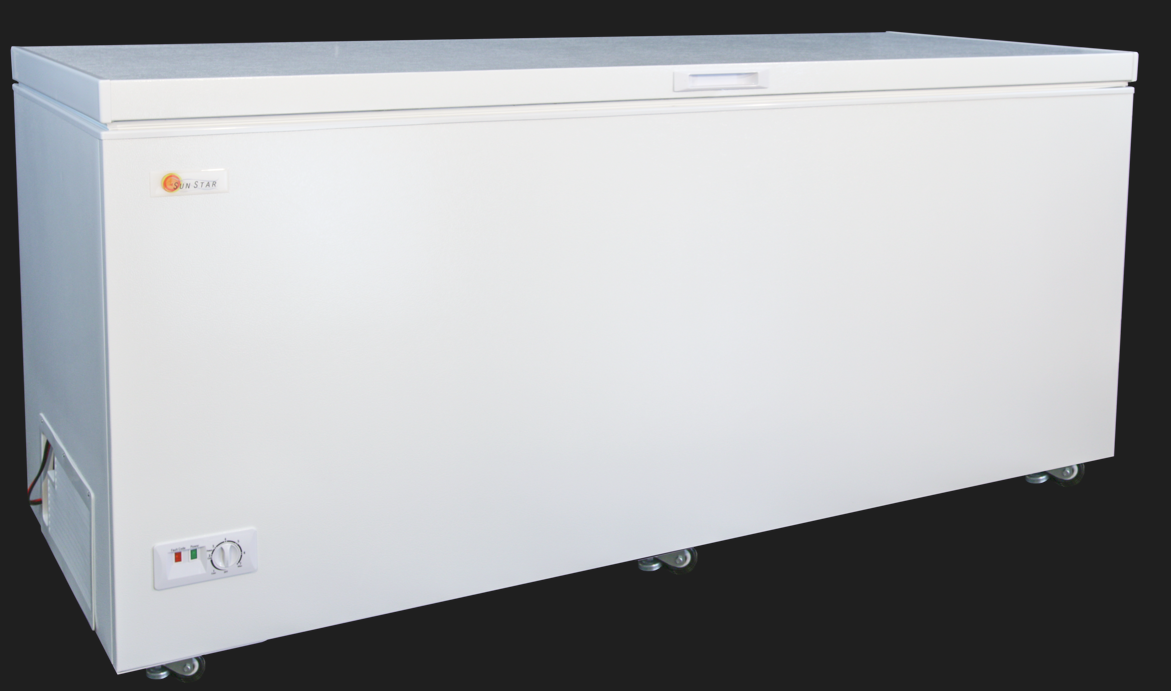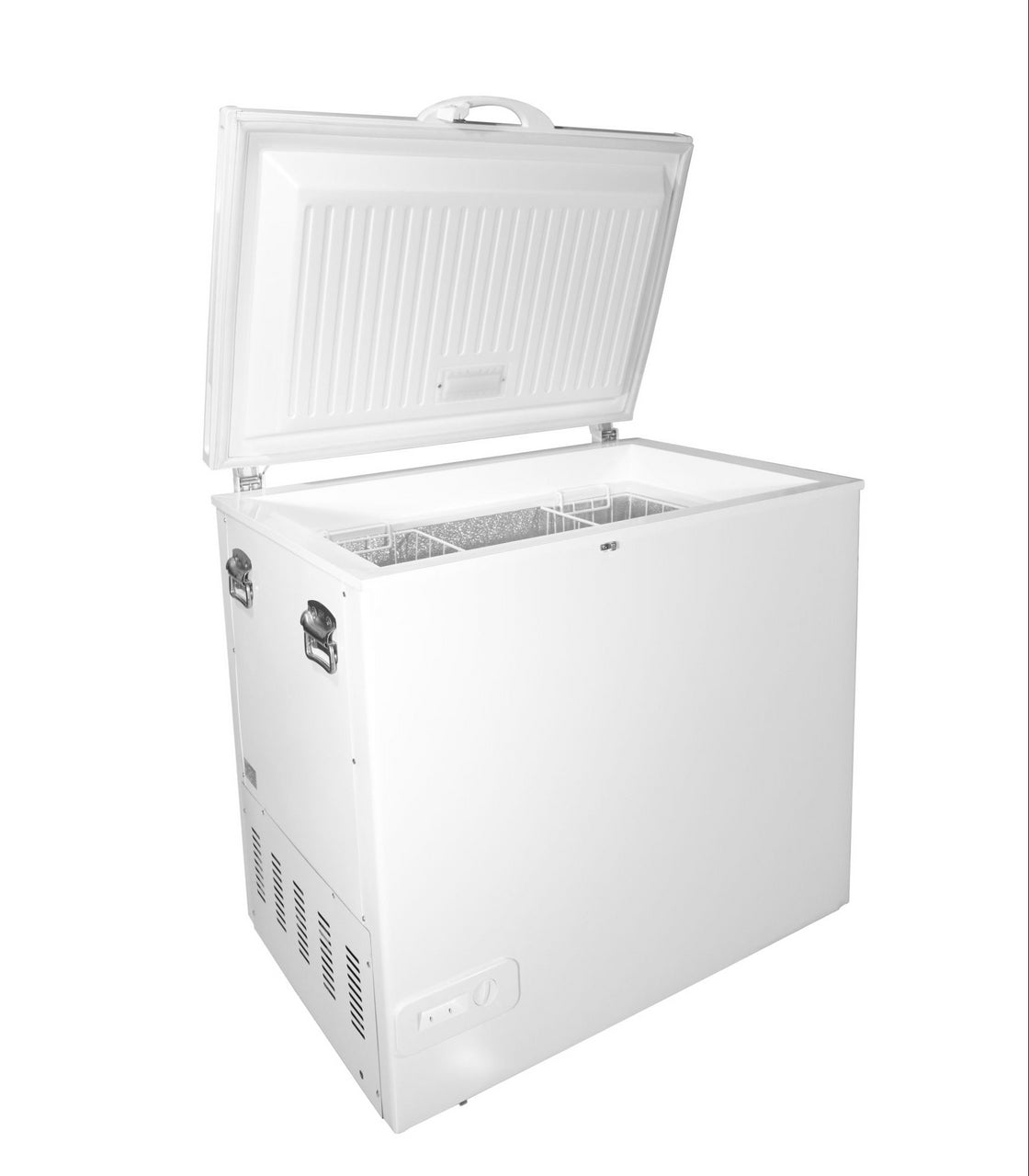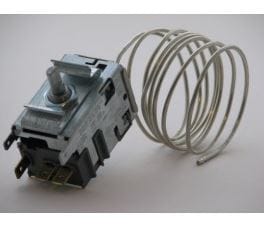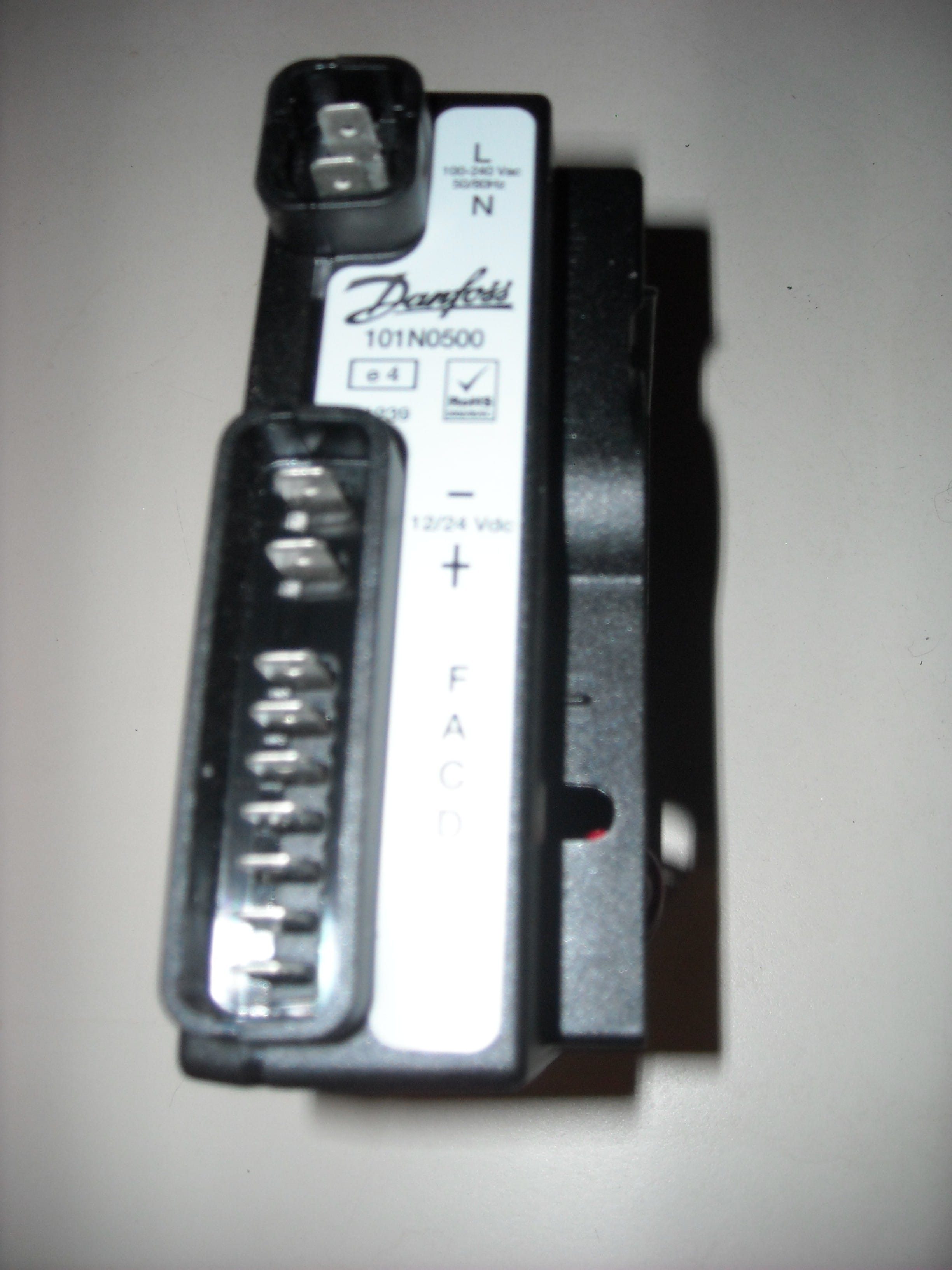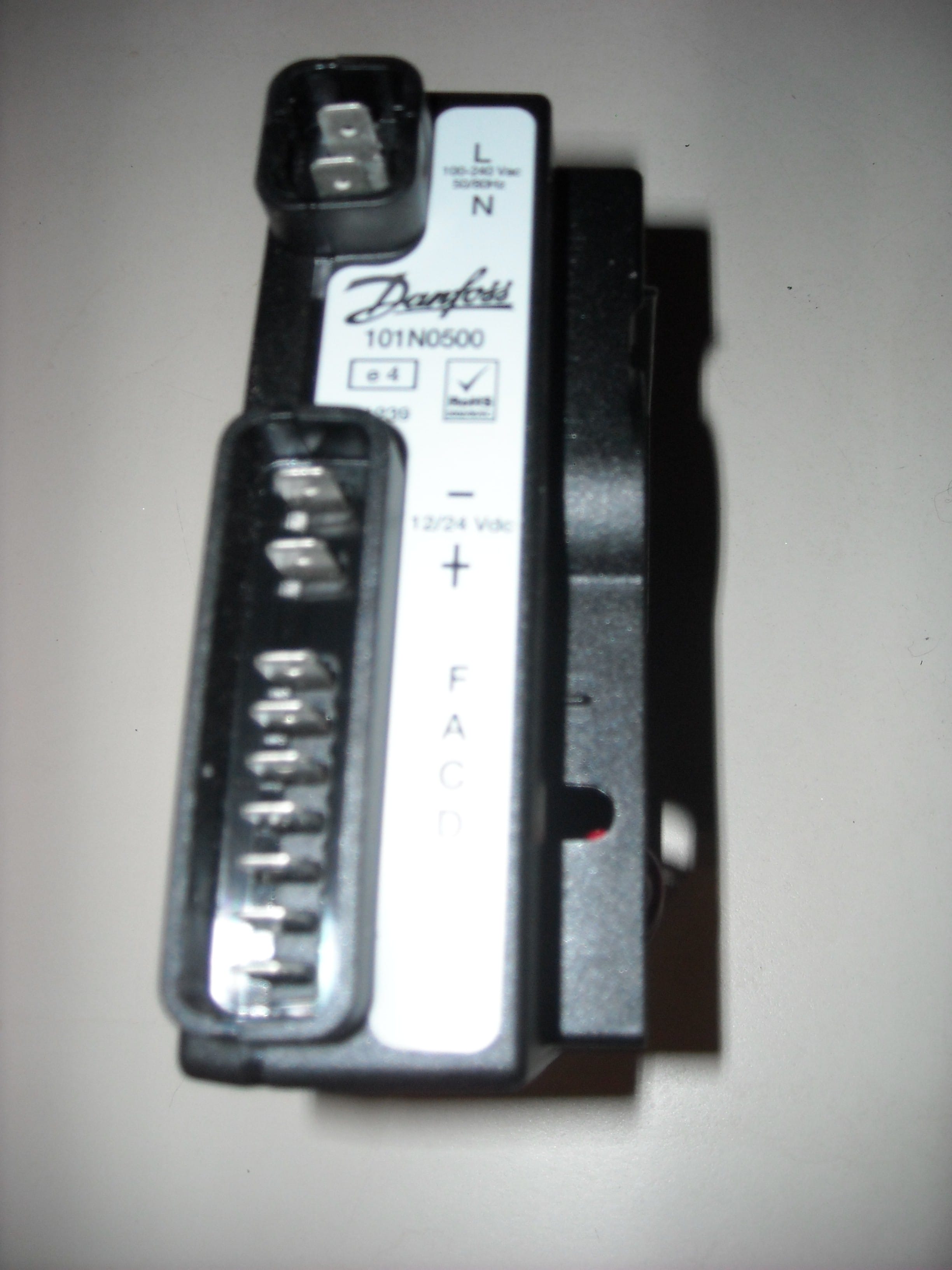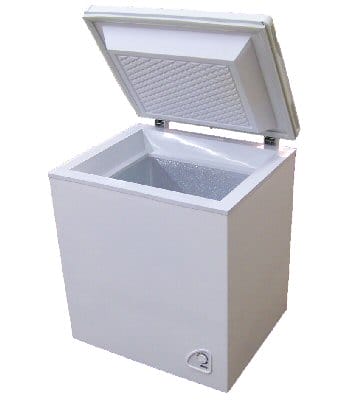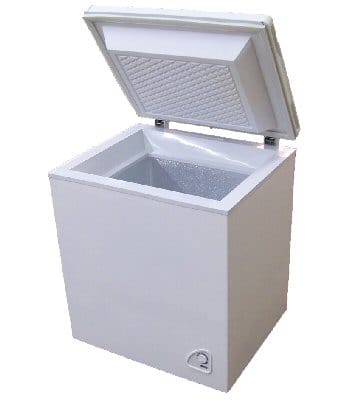Shop Solar Appliance Solutions Online
Our Solar Appliances collection includes solar fridge, freezer, and combination solutions for off-grid, backup, and energy-conscious applications. Select models feature dual voltage operation, supporting 12V and 24V DC inputs, while others are available in dedicated AC or DC versions, with optional AC kits for added flexibility.
Advanced insulation, with some models offering up to 4.6-inch-thick polyurethane walls, helps optimize temperature retention and energy efficiency. For users needing robust cold storage, the solar freezer range provides high-capacity chest and upright units, with options such as multi-function thermostats and heavy-duty casters for ease of movement.
Technical versatility is a defining aspect of these solar-powered products. Depending on the model, features may include independent cooling zones, dual compressors, and reversible doors to accommodate a variety of installation needs. Energy efficiency is prioritized through direct cooling systems, air-cooled condensers, and low typical power draws, with some refrigerators operating at just 55 watts. The solar refrigerator selection includes upright and chest designs, each with adjustable shelving, interior LED lighting, and user-friendly controls for precise temperature management.
Searching for a solar fridge freezer that balances storage capacity with low energy use? Appliances in this collection are engineered for seamless integration with solar, wind, or battery systems, making them suitable for cabins, RVs, and remote sites. Additional advantages, depending on the model, include manual or automatic defrost options, coated steel interiors for easy cleaning, and performance warranties for long-term reliability.
Benefits of Solar Appliance Products
-
Flexible Power Options: Many units support both 12V/24V DC and 115V AC, allowing direct connection to solar, battery, or grid power.
-
Optimized Energy Efficiency: Advanced insulation and efficient compressors reduce daily power draw, ideal for off-grid and backup applications.
-
Adaptable Storage: Multi-function thermostats and independent cooling zones enable use as a refrigerator, freezer, or combination unit.
Related Solar-Powered Collections
Explore More Solar Solutions
Here are other sub-collections addressing various solar and off-grid needs:
Quick Spec Comparison
|
Product Name |
Power Input |
Storage Capacity |
Stand-out Details |
|
12V/24V DC |
8 cu ft |
4.5" insulation, dual voltage, multi-function thermostat |
|
|
12V/24V/48V DC |
10 cu ft fridge / 5 cu ft freezer |
Patented low-frost, dual compressor, 0.55–0.89 kWh/day |
|
|
12V/24V DC, 115V AC |
16 cu ft (4.8/11.2 split) |
Dual compressors, reversible doors, 4" insulation |
|
|
12V/24V DC, 115V AC |
10 cu ft (6.6/3.2 split) |
Dual compressors, LED lighting, 4" insulation |
|
|
12V/24V DC |
21 cu ft |
4.6" insulation, heavy-duty casters, multi-function thermostat |
|
|
12V/24V DC, 115V AC |
10 cu ft (6.6/3.2 split) |
Dual compressors, 55W draw, reversible doors |
Other Broader Solar Collections
Why Shop Solar Powered Products at The Solar Store?
-
Wide selection of off-grid and energy-efficient refrigeration solutions
-
Technical support for system integration and product selection
-
Products from trusted brands with proven reliability
-
Competitive pricing and clear warranty terms
-
Fast shipping and responsive customer service

